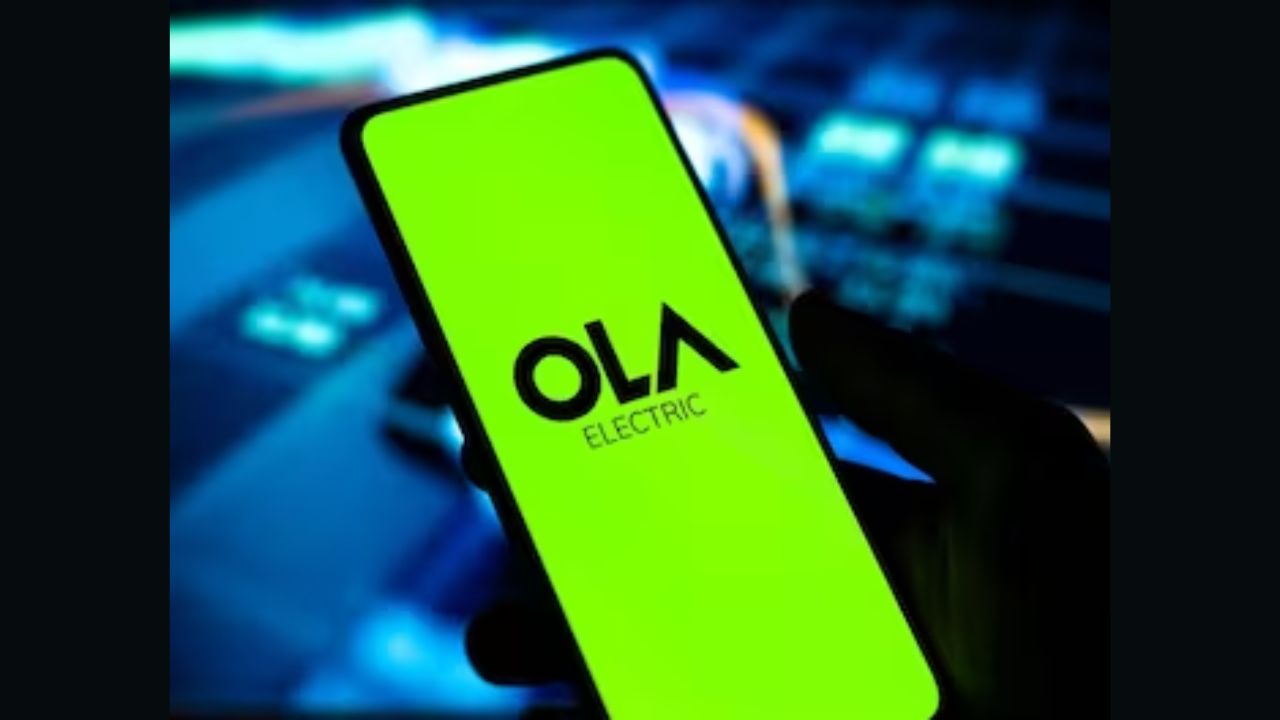By Ritu Singh
India’s homegrown ride-hailing giant Ola is making strides in the electric vehicle (EV) sector. Ola’s Founder Bhavish Aggarwal has announced plans to scale up India’s EV two-wheeler ride-hailing business. He believes that Ola is uniquely positioned to deliver electric two-wheeler ride-hailing on a large scale, given its vast network and production capacity.
Bhavish Aggarwal, Founder, Chairman and MD of Ola, said “India’s economic growth is unstoppable and we aspire to serve one billion Indians. As a technology-first business, leading with innovation, we are confident to spearhead the country’s mobility ambitions and lead the next phase of growth in the industry at large.”
Aggarwal also announced that Ola’s India mobility segment’s EBITDA has turned positive in FY23. The company announced Hemant Bakshi as CEO of Ola Mobility, signalling an aggressive growth focus on ride-hailing, financial services, logistics, and e-commerce.
Hemant Bakshi, CEO of Ola Mobility, in an interview with CNBC-TV18, said, “The runway for growth in India across mobility, financial services business and commerce is fantastic. I am very excited with our mobility business. The penetration in India today is 8% — 92% of rides continue to be offline and we will see that grow dramatically. So I am very excited about our mobility business.”
In the company’s annual press conference today (January 25), Aggarwal said Ola has already seen early success with the launch of e-bike services in Bengaluru in September, 2023. The service, which offers the most affordable electric two-wheeler rides in India, led to a 40% market expansion in the category within three months. More than 1.75 million rides have been completed to date.
Bakshi said, “We think electrification is a significant opportunity because the total cost of ownership comes down by almost 50% in ride hailing. We believe that with the right pricing we can increase access dramatically.”
While Ola is investing heavily in the electrification of its entire fleet, it has not yet set a timeline for this.
Aggarwal views electrification as a game-changer for ride-hailing. Ola Electric has sold more than four lakh vehicles, with 8,000 sold to Ola Mobility. The company is open to supplying its EVs to other commercial players.
Ola is focusing on several key areas to transform mobility and ride-hailing:
Enhancing the Prime plus experience by introducing a loyalty programme and incorporating luxury cars.
Disrupting the mobility space by using electrification to offer the most affordable rides in the two-wheeler segment.
Optimising platform efficiency to provide an improved experience, including services like Ola Maps and AI-powered customer care.
Increasing focus on collaborations with banks, with an emphasis on partners and riders.
Leveraging a multi-work model, its large customer base, and gig-worker platform to take advantage of the Open Network for Digital Commerce (ONDC).
In FY23, ANI Technologies Standalone, the parent entity of Ola Fleet, Ola Financial Services, and Ola Stores, recorded a standalone revenue of ₹2,135 crore. The segment-adjusted EBITDA for the same period was approximately ₹250 crore. The total revenue for the consolidated entity was ₹3,000 crore, with the total revenue for Ola’s India mobility business rising by 48% in FY23.
Bakshi added, “On the standalone India mobility results we have seen a significant growth, our revenues have grown handsomely and are profitable. Even if you see our consolidated results, we are almost at breakeven. So the direction is very positive. Quarter on quarter we have seen an improvement and that trend is continuing, so I am very confident that we will have very good results going ahead as well.”
Meanwhile, Ola Electric filed its draft red herring prospectus (DRHP) for an initial public offering (IPO) to the Securities and Exchange Board of India (SEBI) on December 22. The company proposes to raise funds through a fresh issue of equity shares aggregating up to ₹5,500 crore and an offer for sale (OFS) of up to 9.52 crore shares.
Aggarwal announced plans for a new indigenously developed lithium-ion battery and shared Ola’s vision for making India a global EV hub during the company’s annual event on August 15, 2022.
He revealed that the company is already midway through its motorbike engineering and product development and hinted at delaying Ola’s electric car by early 2025. The company also paid a penalty of ₹15 lakh to the Ministry of Road Transport & Highways after an S1 scooter caught fire in Pune in March 2022.
In the fiscal year 2023, Ola claims to have hailed more than 457 million rides, with customers travelling over 5.1 billion km. The company has 14 million monthly transacting users and more than 1.3 million active driver partners. The average earning per driver per month is ₹28,000, which is 55% higher than the average earnings of Indian gig workers.
